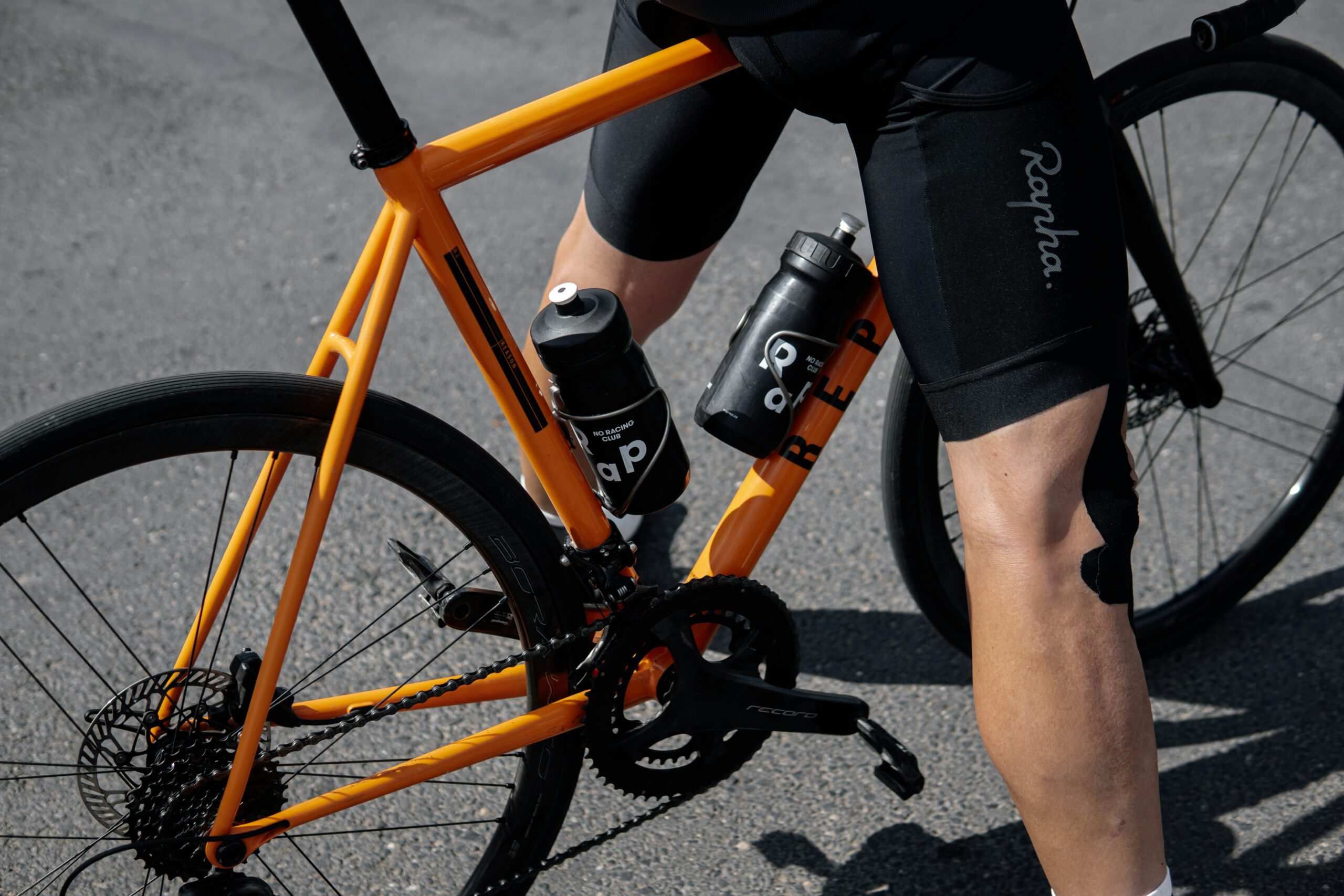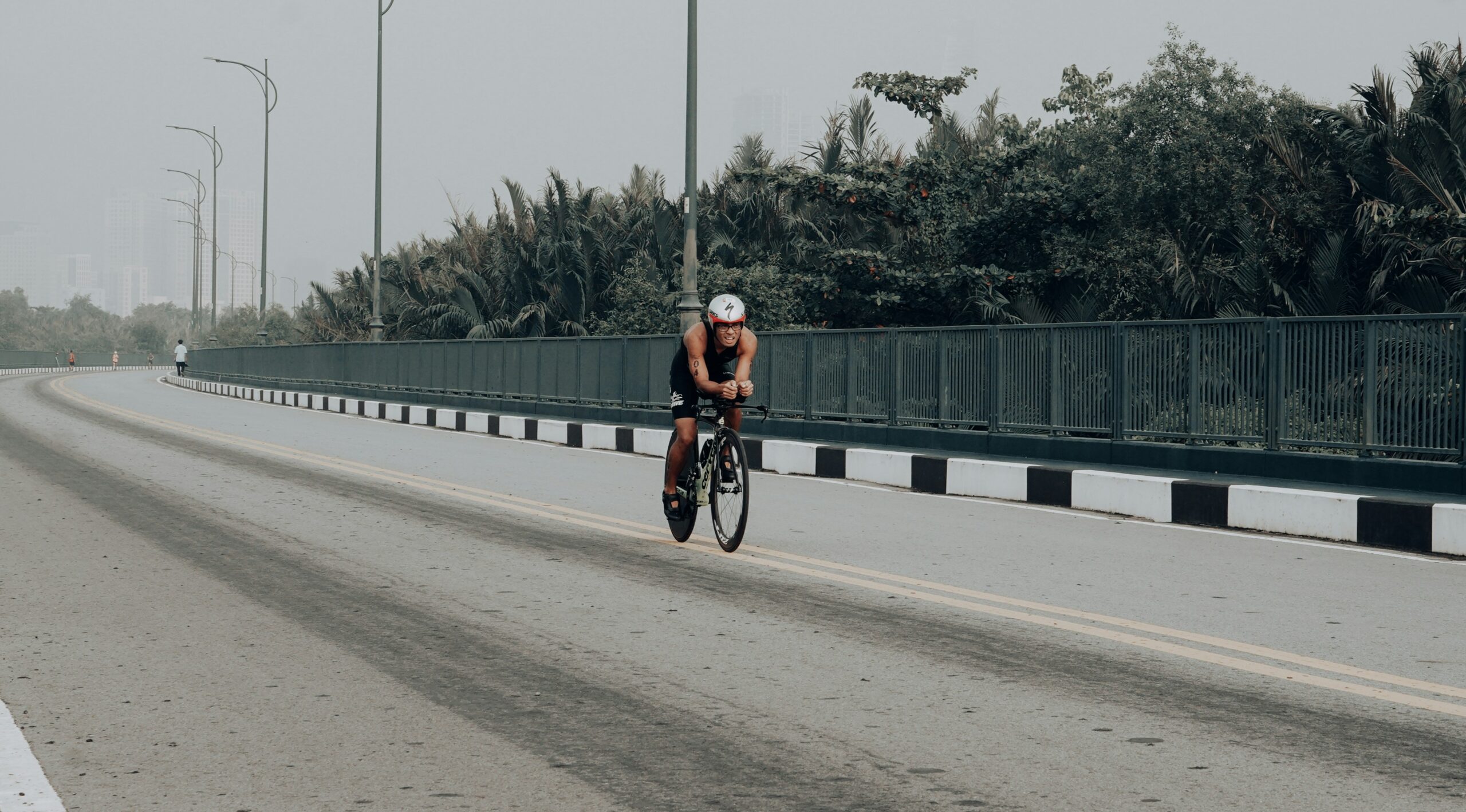For cyclists looking to improve their pedal efficiency and overall cycling performance, isolated leg drills (ILDs) are a must-have in your training arsenal. These drills are designed to refine your pedaling technique, eliminate dead spots, and improve muscle balance. By focusing on one leg at a time, ILDs strengthen critical muscle groups, enhance neuromuscular coordination, and lay the foundation for a smooth and powerful pedal stroke.
In this blog, we’ll dive into the purpose of isolated leg drills, their benefits, how to perform them, and how to integrate them into your training routine.
Why Are Isolated Leg Drills Important?
Pedaling a bike may seem straightforward, but the biomechanics involved are complex. An efficient pedal stroke involves a continuous application of force throughout the 360-degree rotation. However, many cyclists have “dead spots” at the top (12 o’clock) and bottom (6 o’clock) of the stroke where power is lost.
Isolated leg drills address these inefficiencies by:
- Strengthening Key Muscle Groups: By isolating each leg, ILDs strengthen muscles responsible for the upstroke and transition phases of the pedal stroke.
- Improving Neuromuscular Coordination: These drills train your brain and muscles to work together more efficiently.
- Balancing Muscle Effort: Single-leg focus highlights and corrects any imbalances between your left and right legs.

Benefits of Isolated Leg Drills
1. Enhanced Pedal Stroke Efficiency
ILDs target the transitions at the top and bottom of the stroke, ensuring smoother and more continuous power delivery. This efficiency translates to better endurance and reduced fatigue over long rides.
2. Improved Muscle Engagement
These drills emphasize muscles often underutilized during cycling, such as the hip flexors and hamstrings, which are crucial for the upstroke.
3. Injury Prevention
By addressing muscular imbalances and improving coordination, ILDs reduce the risk of overuse injuries caused by compensatory movements.
4. Increased Adaptability
ILDs help prepare your legs to handle a variety of terrains and riding conditions by building strength and coordination in isolation.
How to Perform Isolated Leg Drills
Setup
- Indoor Trainer: An indoor trainer provides a controlled environment, allowing you to focus solely on technique without worrying about balance or road conditions.
- Outdoor Option: If done outdoors, choose a gentle downhill slope to maintain momentum with light resistance.
Steps
- Unclip One Foot: Unclip one foot and rest it on a stool or chair. Alternatively, keep the non-working leg clipped in but passive, letting it “go along for the ride.”
- Light Resistance: Use a low (easy) gear to minimize strain and focus on smooth pedaling.
- Start Pedaling: Begin with the working leg, turning the crank at a higher-than-normal cadence (~90–100 rpm).
- Focus on Technique: Pay attention to eliminating dead spots at the top (12 o’clock) and bottom (6 o’clock) of the stroke. Imagine pulling your foot over the top and sweeping it back at the bottom.
- Switch Legs: When the working leg fatigues, switch to the other leg. Alternate between legs for 4–8 repetitions.
- Reintegrate: After completing ILDs, clip both feet in and practice applying what you’ve learned to your regular pedaling.
Common Variations
1. Power Cranks™
For advanced cyclists, Power Cranks™ offer an innovative twist on ILDs. These cranks allow each leg to pedal independently, ensuring neither leg can “cheat” by relying on the other.
2. High-Cadence Single Leg
Increase your cadence to 100–110 rpm to further challenge neuromuscular coordination.
3. Seated and Standing ILDs
Perform isolated leg drills while standing to engage additional muscle groups and simulate climbing.

Tips for Effective Isolated Leg Drills
- Start Slowly: It’s common for the working leg to fatigue quickly, especially the hip flexors. Start with short intervals and gradually increase duration as you build strength.
- Use a Mirror or Video: Monitor your form to ensure smooth pedal strokes and minimize excessive upper body movement.
- Engage Your Core: A strong core helps stabilize your body, allowing for better leg isolation and smoother pedaling.
- Relax Your Non-Working Leg: Keep the non-working leg relaxed to avoid compensatory movements.
- Listen to Your Body: If you experience discomfort or strain, reduce intensity or duration.
When to Incorporate Isolated Leg Drills
ILDs are particularly effective during the Base period of training when the focus is on building fundamental skills and improving technique. Here’s how to integrate them:
1. Base 1 and Base 2 Phases
Perform ILDs 1–2 times per week as part of a skill-focused workout. Combine them with other drills, such as spin-ups, to enhance overall efficiency.
2. Recovery Rides
Use ILDs during recovery rides to refine the technique without adding significant intensity.
3. Pre-Ride Warm-Up
Include short ILD intervals during warm-ups to activate key muscle groups and improve neuromuscular readiness.
Advanced Benefits: Applying ILD Insights
Once you’ve mastered isolated leg drills, their benefits extend to all aspects of your cycling performance:
- Climbing: Improved hip flexor and hamstring engagement make climbs more efficient.
- Sprinting: Balanced muscle activation leads to more explosive sprints.
- Endurance: Enhanced efficiency reduces energy waste, improving long-distance performance.

Overcoming Common Challenges
Challenge 1: Fatigue in the Hip Flexors
Solution: Start with short intervals (10–20 seconds) and gradually increase duration as your strength improves.
Challenge 2: Difficulty Eliminating Dead Spots
Solution: Visualize the pedal stroke as a circular motion. Focus on “scraping mud” off your shoe at the bottom and “climbing over a log” at the top.
Challenge 3: Lack of Control at Higher Cadence
Solution: Reduce cadence until you can maintain smooth strokes, then slowly increase as coordination improves.
Conclusion
Isolated leg drills are a powerful tool for cyclists of all levels. By focusing on one leg at a time, you can refine your technique, build strength in underutilized muscles, and eliminate inefficiencies in your pedal stroke. The result? A smoother, more powerful, and more efficient cycling performance.
Integrate ILDs into your training regimen, and over time, you’ll notice significant improvements in your pedaling efficiency, endurance, and overall ride quality. Whether you’re climbing steep hills, sprinting to the finish line, or enjoying long rides, the benefits of isolated leg training will set you apart as a more skilled and efficient cyclist.
Are you ready to give isolated leg drills a try? Let us know how they transform your riding experience!


Leave a Reply